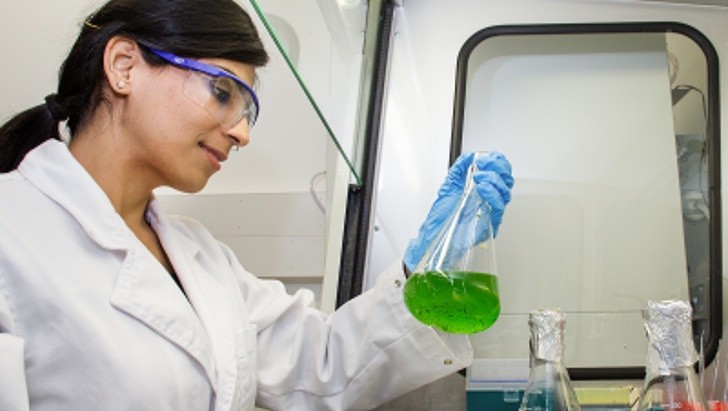Several automakers out there are struggling to bring fuel cell cars on the road for a decent amount of money. Even so, the problem of where we’ll get that amount of hydrogen for them still remains an important factor. After we learned that a team of scientists are building a cheap water-splitter, here’s another one that wants to create hydrogen using the greenest way possible.
The researchers from the Australian National University (ANU) discovered a very neat way of creating hydrogen without moving a finger. They found a way to mimic the photosynthesis of a leaf in order to create hydrogen.
This implies sunlight, water, both abounding on this planet, and a special protein discovered by the scientists. When the protein is exposed to light, it displays the electrical heartbeat that is the key to photosynthesis.
That special protein is actually a modified version of Ferritin, a protein that can be found in almost all living organisms. It’s role is to store iron, but the team replaced it with manganese (another abundant material) to closely resemble the water splitting method used in photosynthesis.
"That carbon-free cycle is essentially indefinitely sustainable. Sunlight is extraordinarily abundant, water is everywhere – the raw materials we need to make the fuel. And at the end of the usage cycle it goes back to water," said professor Ron Pace.
Best part in this business is that the process will also capture the CO2 from the atmosphere, so it’s a double win situation.
This implies sunlight, water, both abounding on this planet, and a special protein discovered by the scientists. When the protein is exposed to light, it displays the electrical heartbeat that is the key to photosynthesis.
That special protein is actually a modified version of Ferritin, a protein that can be found in almost all living organisms. It’s role is to store iron, but the team replaced it with manganese (another abundant material) to closely resemble the water splitting method used in photosynthesis.
"That carbon-free cycle is essentially indefinitely sustainable. Sunlight is extraordinarily abundant, water is everywhere – the raw materials we need to make the fuel. And at the end of the usage cycle it goes back to water," said professor Ron Pace.
Best part in this business is that the process will also capture the CO2 from the atmosphere, so it’s a double win situation.
